Tale of two villages: In Malawi, farmers point the way as drought drives hunger
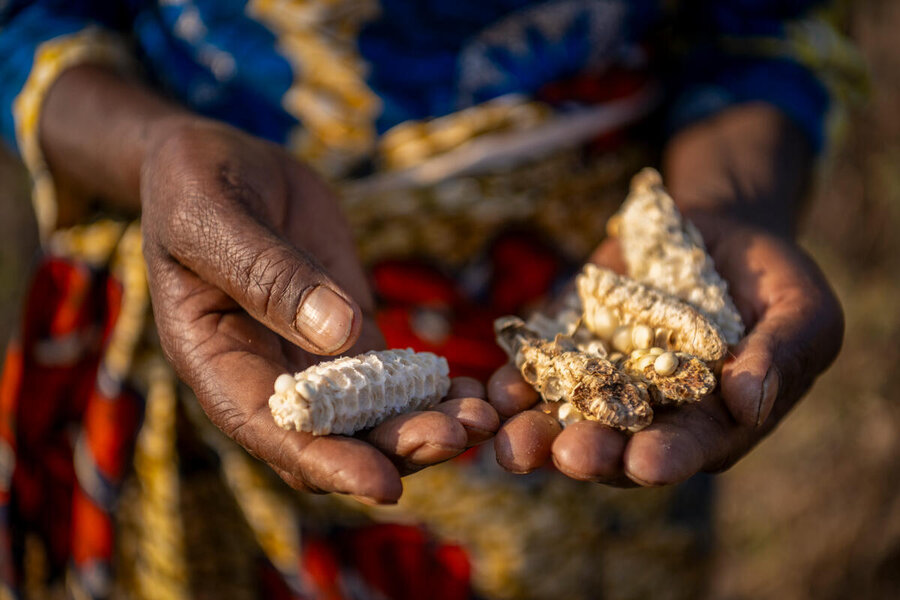
“My child is always crying,” says farmer Martha Kalumbi. “Doctors tell me she is starving and getting malnourished. I’m afraid that my baby may die.”
Kalumbi, 40, lives in the village of Thumpwa in Malawi’s Phalombe district, where the fields look torched by drought.
With the maize crop destroyed, there is barely any food. “The situation really hurts. All my neighbours are experiencing the same. No one’s harvested enough. And there’s nowhere to run to.”
In March, Malawi joined Zambia and Zimbabwe in declaring a state of disaster after El Niño – the natural phenomenon that disrupts rainfall patterns around the Indian and Pacific oceans – exacerbated weather irregularities caused by climate change, leaving the country’s soils abnormally dry.
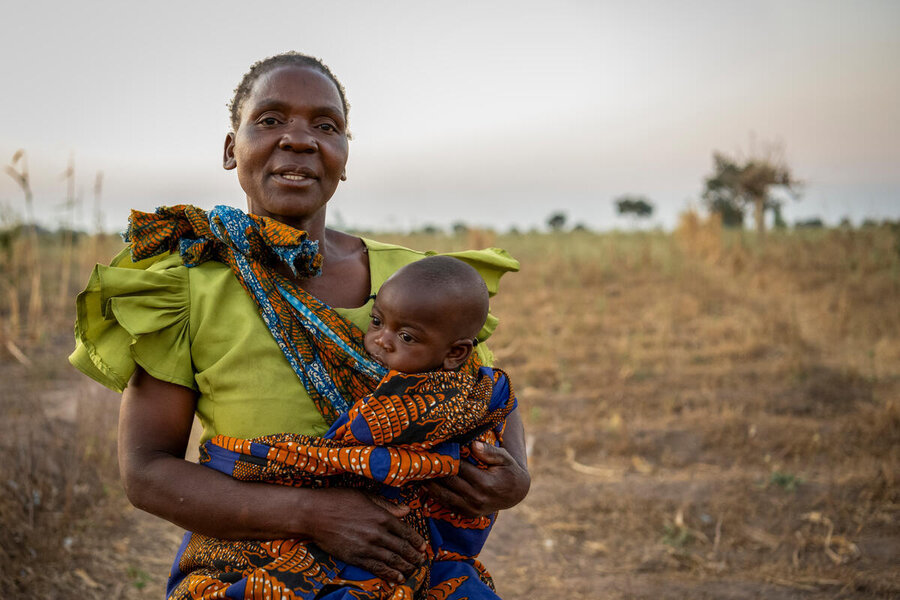
According to Southern African Development Community, a bloc of 16 countries, this has pushed 68 million people into food insecurity across the region.
Around 9 million people, nearly half of Malawi’s population, have been affected. Up to 4.2 million are currently experiencing ‘acute’ food insecurity – level 3 on the global standard for measuring food insecurity (the Integrated Food Phase Classification), one stage away from ‘emergency.’
With years of back-to-back climate disasters, lost harvests, currency devaluation and high inflation exacerbating food insecurity, that number is expected to rise to 5.7 million people between October and March.
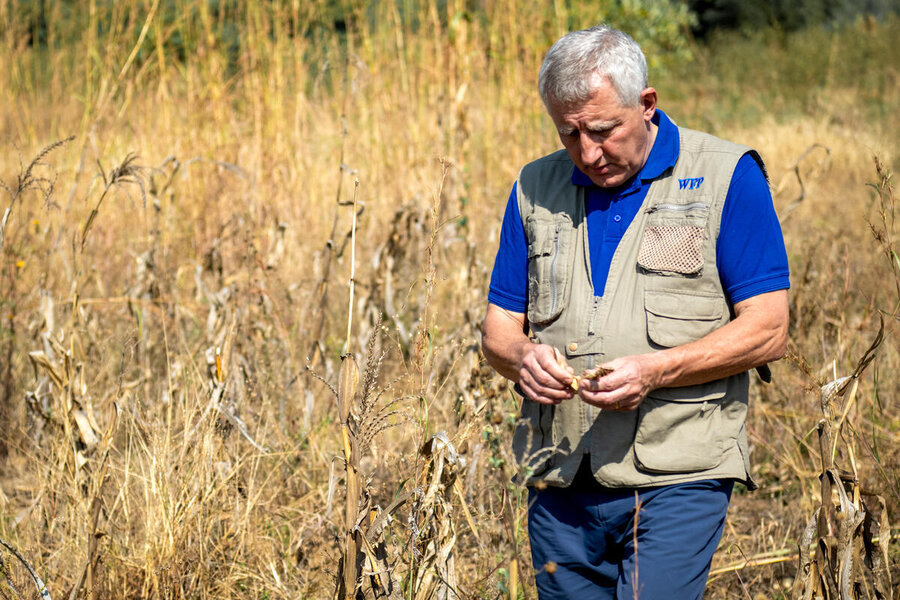
“We can avert a hunger catastrophe for the hardest-hit families… but time is not on our side,” Paul Turnbull, Country Director for the World Food Programme in Malawi. “In the middle of 2023-24 lean season, we found nine out of ten Malawian families were indulging in some sort of negative coping mechanism – adults not eating so their children could eat, people selling things they would normally use for productive purposes. Now we are seeing a surge in cases of moderate and severe acute malnutrition at the health centres.”
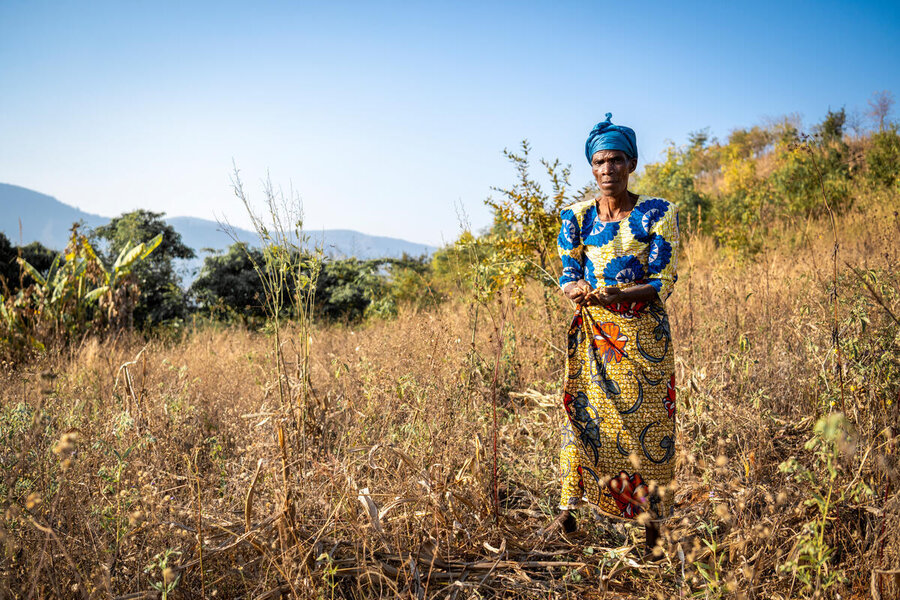
Jan Duchoslav and Joachim De Weerdt, research fellows for the International Food Policy Research Institute office in Malawi’s capital, Lilongwe, echo Turnbull’s concerns. “People are going hungry already. This should be the season of plenty but food is running out. There’s evidence that people’s ability to deal with these things has been eroded over time.”
A bad harvest affects everything. Maxwell Gwembere, 24, Martha Kalumbi’s neighbour in Thumpwa village, is a farmer, but it’s not only his crops that have suffered this year.
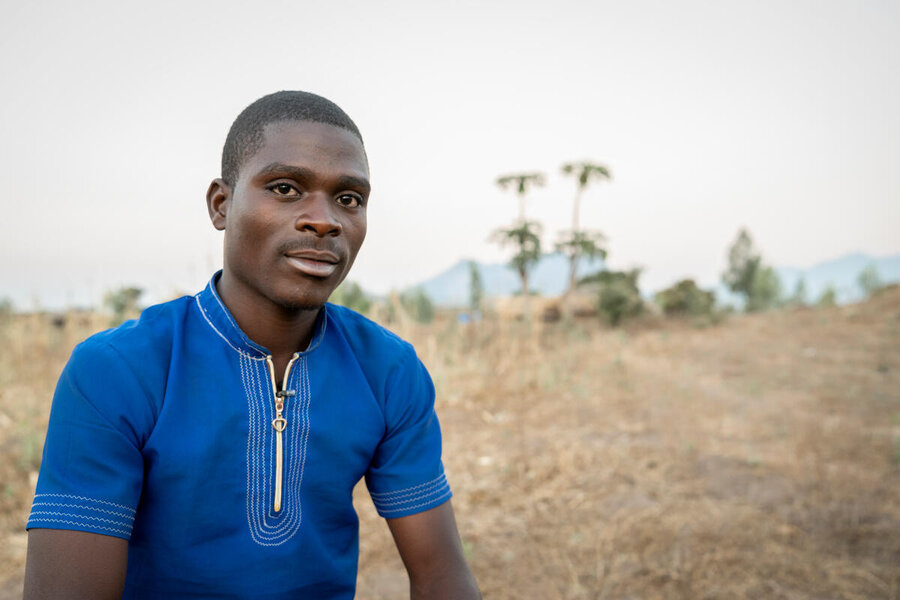
“Even tailoring depends on good harvests,” he says, explaining why he had to pack up his side business. “It’s seasonal too – people buy and bring clothes to me for sewing after selling their cash crops.”
Gwembere usually harvests several 50kg bags of maize, three bags of soya beans and a bag of pigeon peas on his one-acre farm. This year, he harvested half that amount. “I’ve already depleted the food and am now buying food. Life is very tough. I don’t know what to do next to feed my family.”
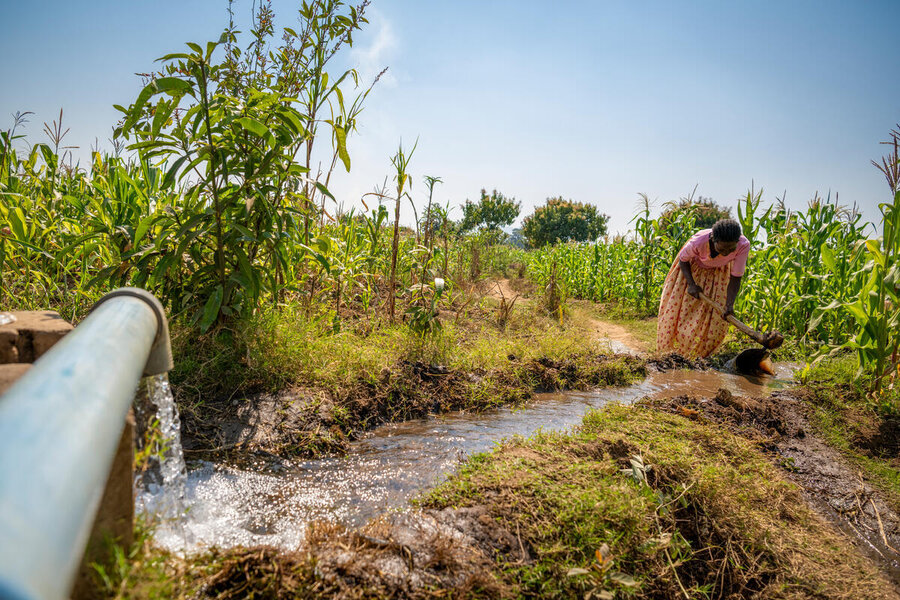
The yin to El Niño’s yang is La Niña, which “tends to bring above-average rainfall to Southern Africa”, say Duchoslav and De Weerdt. Could this be a cause for hope?
“Not in the short term” – there are eight months to go before the next harvest. “People can’t wait. A hungry child will be stunted in both their physical and cognitive development.”
A good harvest is also dependent on a farmer’s ability to make investments during planting season. “If people are already economically stressed, they won’t be able to invest in this year’s production, so even if the rains are good, the harvest might not be.”
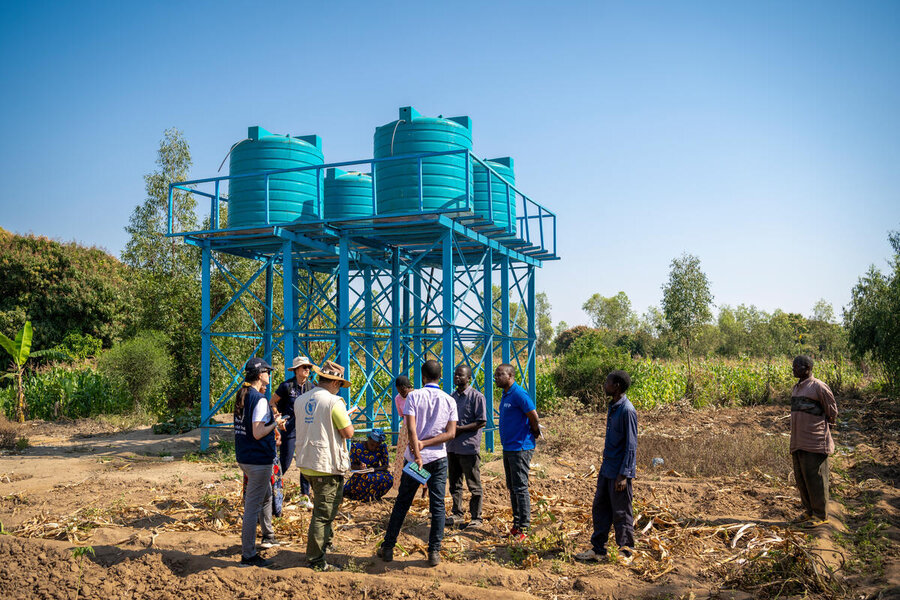
Right now, food needs to be mobilized across borders in Southern Africa. WFP recently procured more than 33,000 metric tons (mt) of maize and 317mt of fortified corn soya cereal blend which it is distributing to 1.5 million people – but we must do more.
Working out a regional response is key, say Duchoslav and De Weerdt: “Usually, a local crisis gets solved through trade, but the whole region is suffering. It’s a very special situation and ideally food should be brought in from outside the region.”
As for the Government’s role, “macroeconomic pressure makes it hard to spend on imports… dollars need to come from somewhere. Realistically, the only place they can come from is international donors.”
For the moment, Maxwell Gwembere supports his family by working on other people’s farms. Meanwhile, Martha Kalumbi stresses the need for a long-term solution. “I foresee a big threat to life, particularly for my children. Starvation may lead to their death. What we really need is solar-powered irrigation equipment so we can grow food and cash crops on our own to sustain our livelihoods. It’s not possible to feed everyone with aid.”
Less than 90 minutes’ drive away, the outlook could not be more different...
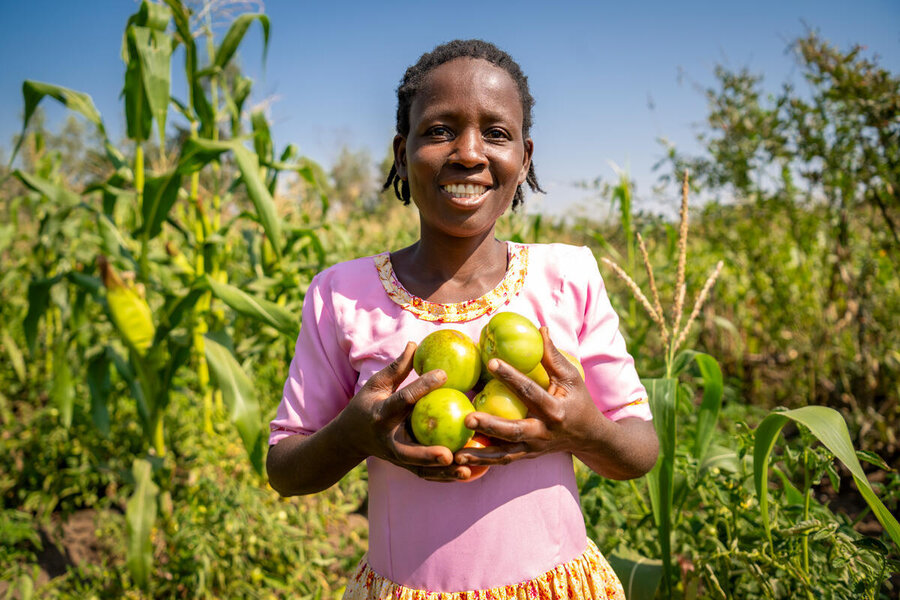
Grandmother Sekanao Mwanalira, 40, is a farmer in Nyambalo village – surrounded by lush greenery. “I was born and raised on this land. My parents and grandparents taught me farming to sustain ourselves – growing food and earning income.”
Mwanalira describes the weather catastrophes she’s seen in her lifetime. “I remember the heavy downpours and flooding in 1991, the long dry spells that caused hunger in 2009, and the heavy rains in 2022 that washed away our crops. These experiences have made it clear to me how much the climate is changing and how it’s impacting our lives.”
Mwanalira might be echoing Kalumbi’s concerns but for a solar-powered irrigation project introduced by the WFP and our partner World Vision in 2021. The four blue water tanks on a rig that dominate the skyline of Nyambalo village store water pumped from under the ground.
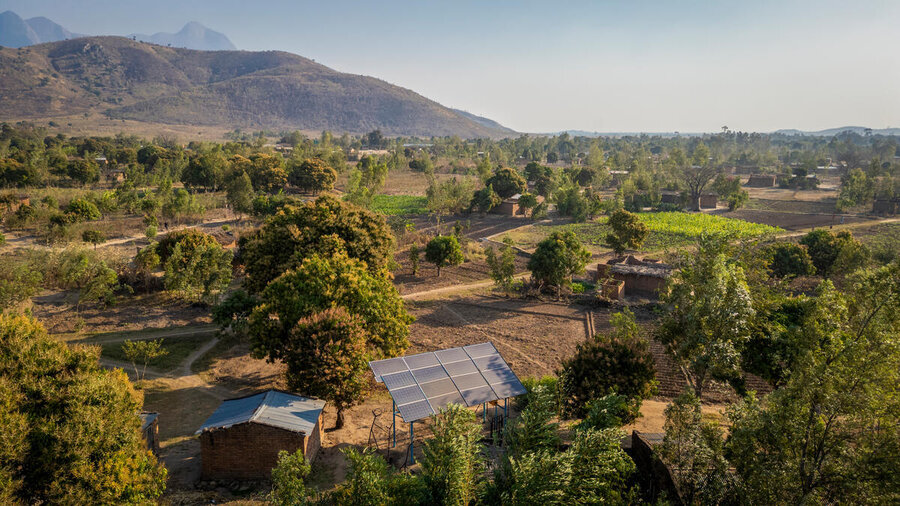
“It has been a blessing,” says Mwanalira. “Since the project started, I’ve had enough food in my house – maize, leafy vegetables, tomatoes, beans and fruits. I even sell surplus vegetables to buy other foods like fish and meat. This year, when many families were affected by drought, I was able to irrigate my crops and harvest enough to feed my family. Food scarcity is now behind us, and we are eating well.”
“Every household in Nyambalo is benefiting from this project, even if they aren’t directly participating, as the benefits ripple through the entire community. If you walk around, you won’t find a malnourished child," she adds.
Residents of Nyambalo village have built structures to harvest rainwater in surrounding watersheds, which would previously have run off the land, eroding the soil. This has significantly reduced the impact of drought. They are also planting more trees and protecting the forests.
WFP operates 22 small-scale irrigation schemes in seven districts, covering 105 hectares of land, serving nearly 2,000 people who are among 531,000 taking part in our resilience-building projects across Malawi. The organization urgently needs US$64.4 million for emergency assistance and US$3.1 million for resilience-building efforts to continue in the country.
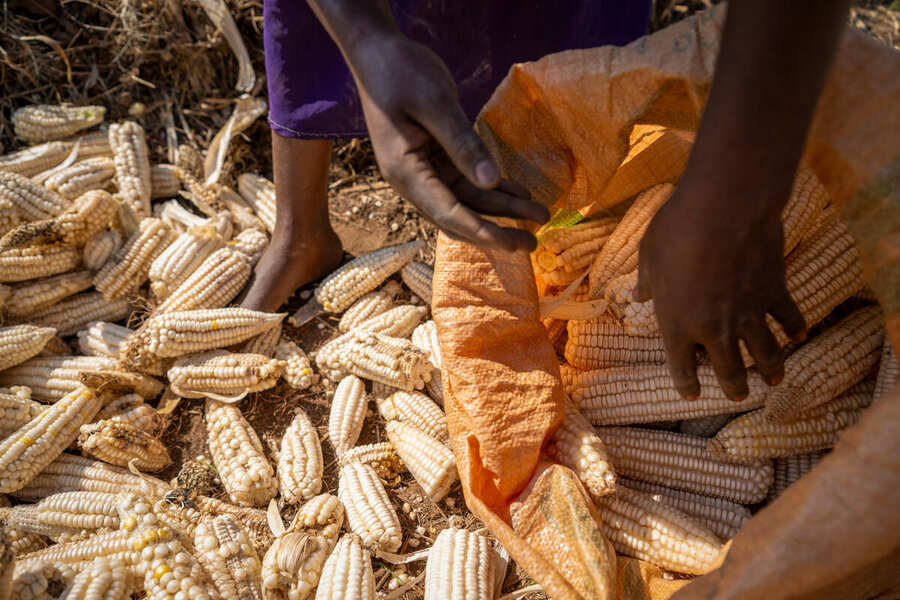
Mwanalira hopes the economic benefits will have a particularly positive impact on Nyambalo’s young women. “Many rush into early marriages because they lack care and support at home. Girls need protection and equal rights, including the right to education.”
What would her message be to girls in Malawi? “Take every opportunity to return to school or start a business. Don’t undermine yourselves. Education will help you develop our country. Let’s keep this momentum going, restoring nature and improving our lives.”
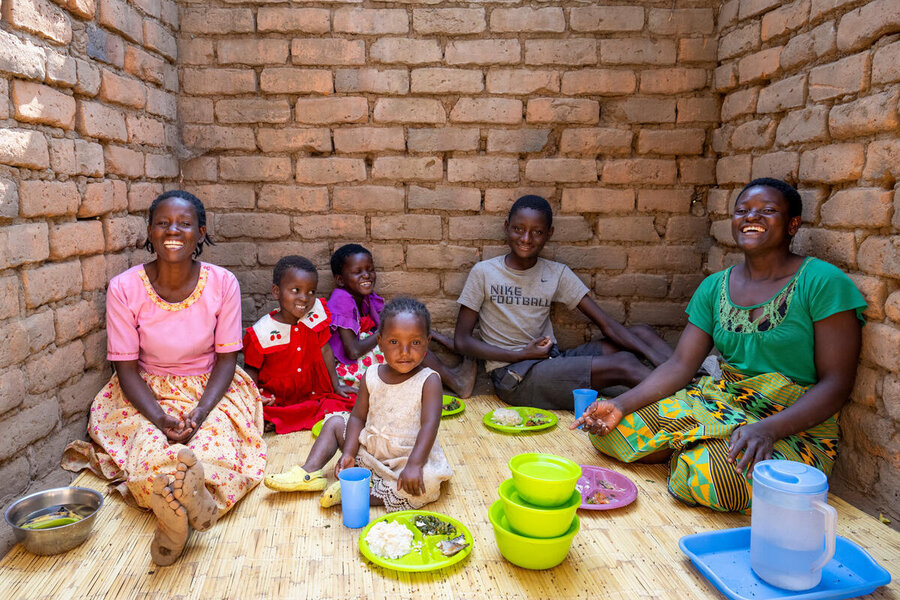
Mwanalira is optimistic that it won’t be long before the improvements to her own situation are visible. “Today, I’m in an iron-sheet-roofed house, but my standalone kitchen is still grass-thatched. Next time you visit, you won’t see any grass-thatched roofs – you’ll see better houses, thanks to this project. You won’t even need to ask how I’ve benefited; the houses will tell the story. You’ll also find livestock, all because of the help from WFP and World Vision.”
Can this tale of two villages have a happy ending for Thumpwa too? Despite being so close to each other, they are worlds apart. “It’s the difference water makes,” says WFP’s Paul Turnbull – one has irrigation, the other pines for it. “It’s the very border of where there is funding and where there isn’t.”



